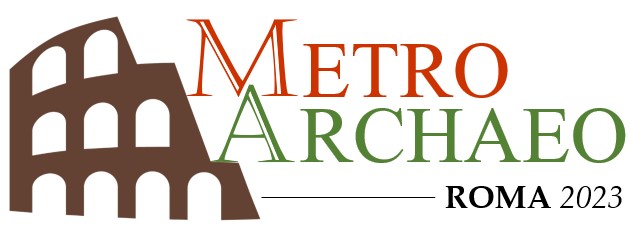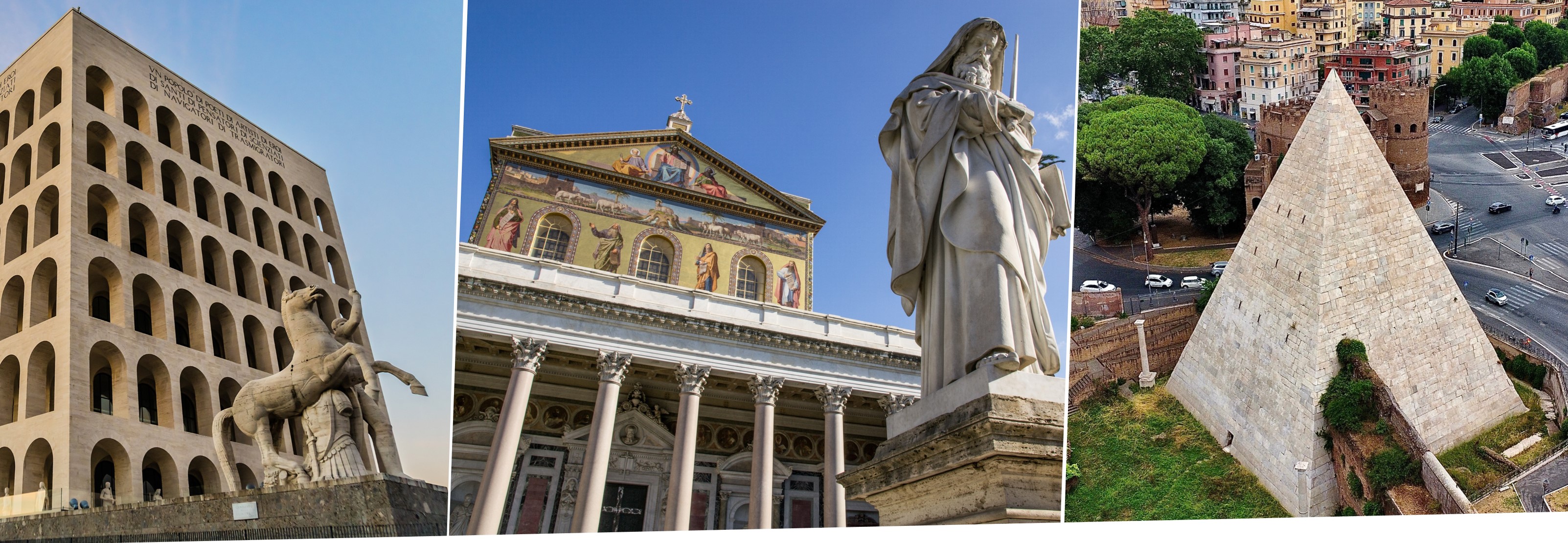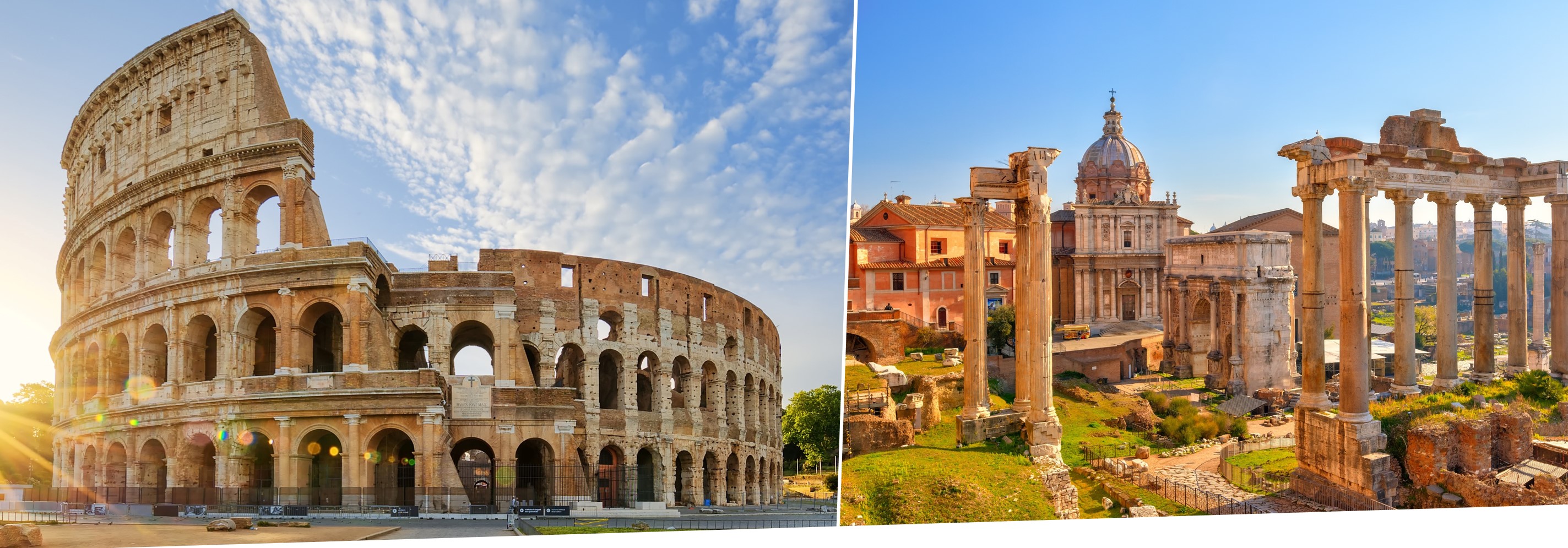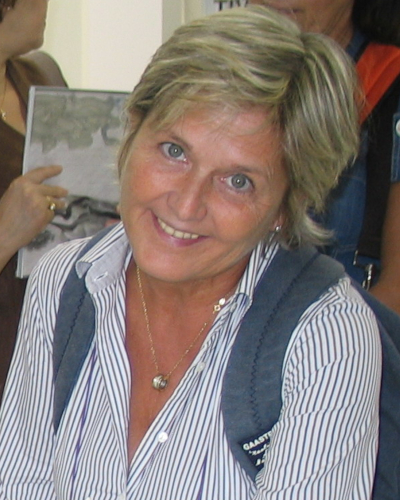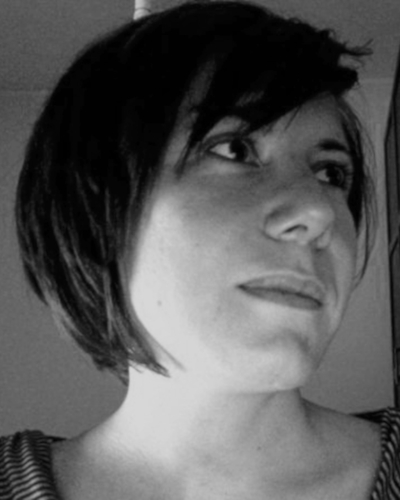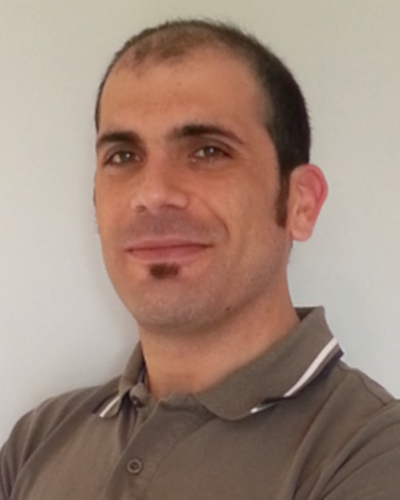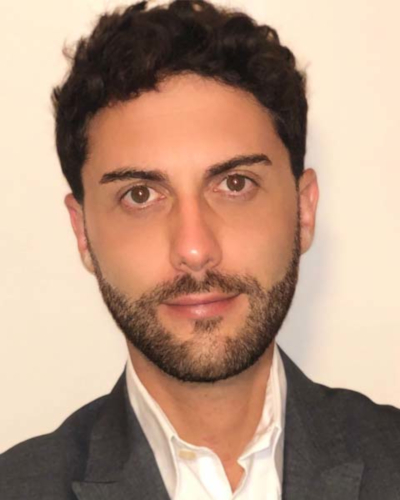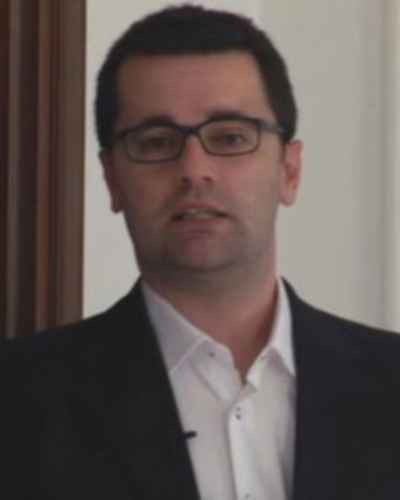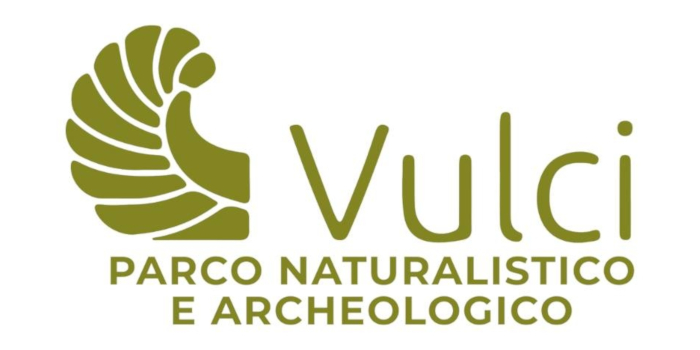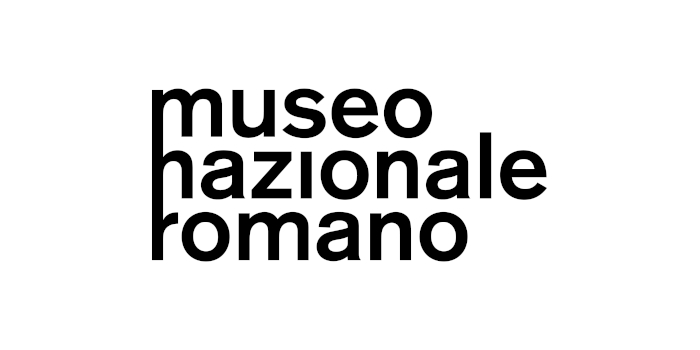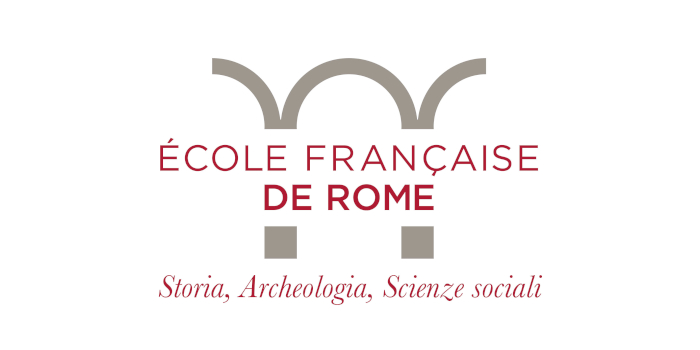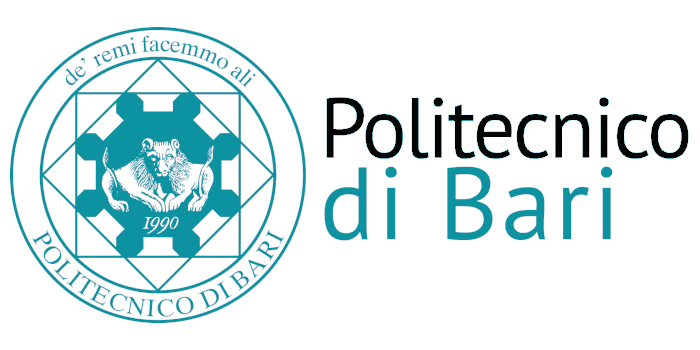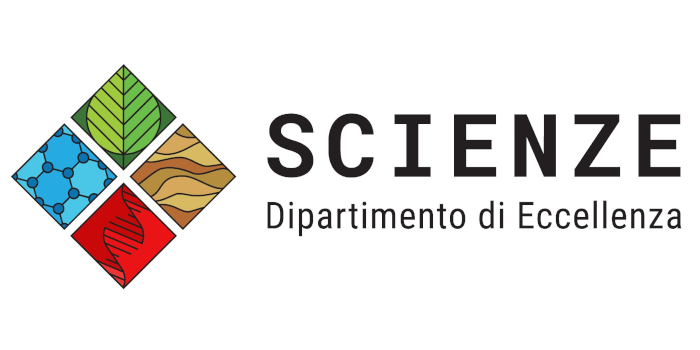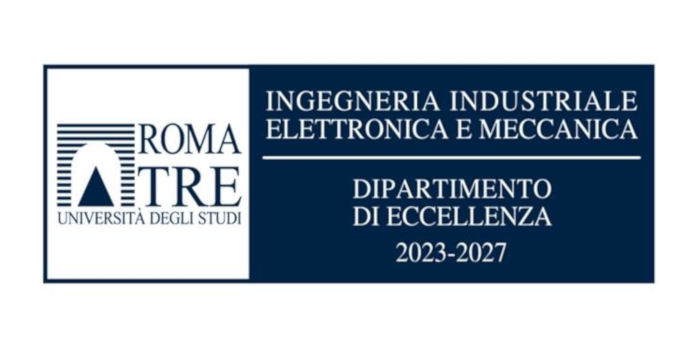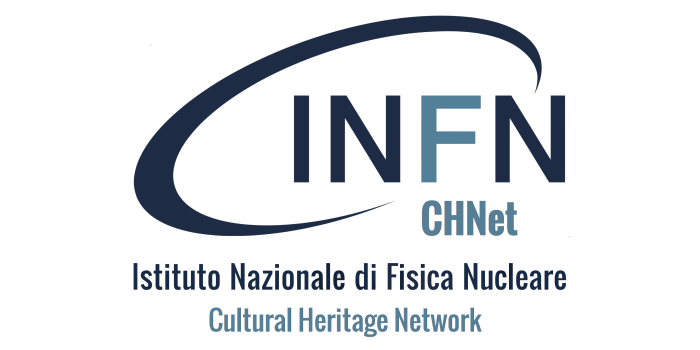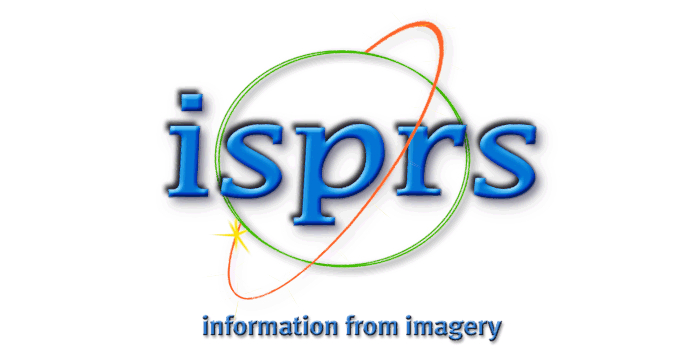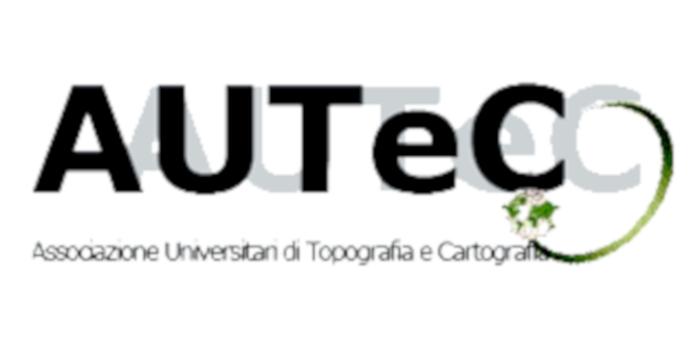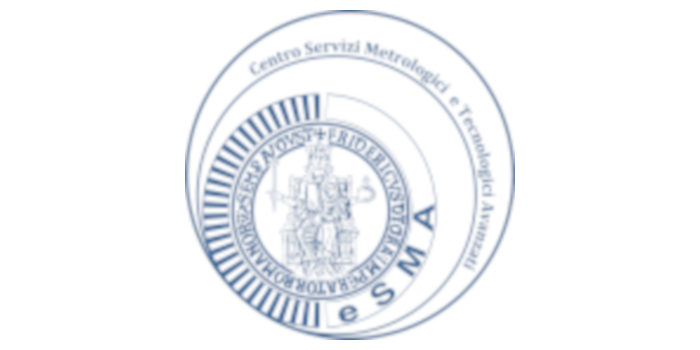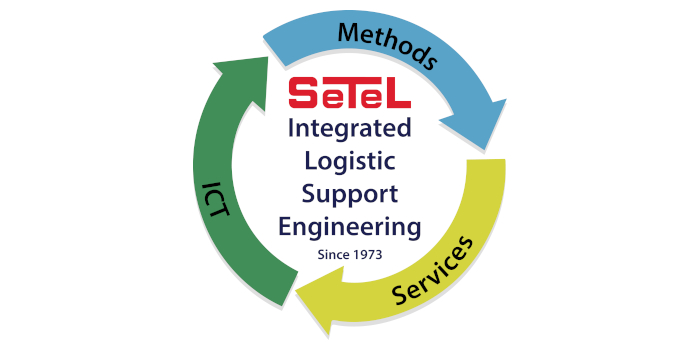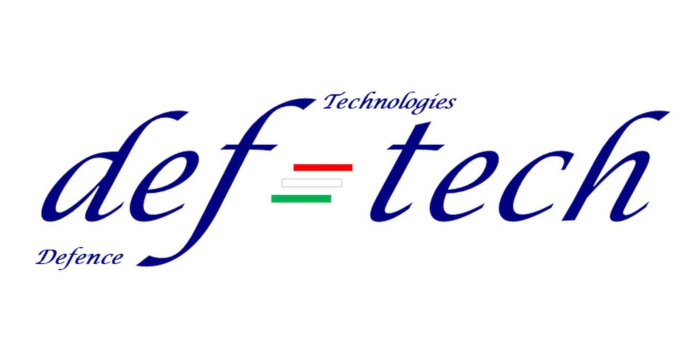SPECIAL SESSION #16
Semantic enrichment of 3D models for the knowledge representation of archaeology and built heritage: Strategies for documentation, conservation and management
ORGANIZED BY
Elena Gigliarelli
Institute of Heritage Science - National Research Council, Italy
Letizia Martinelli
Institute of Heritage Science - National Research Council, Italy
Michele Calvano
Institute of Heritage Science - National Research Council, Italy
Stefano Cursi
Institute of Heritage Science - National Research Council, Italy
Gianluca Cantoro
Institute of Heritage Science - National Research Council, Italy
ABSTRACT
For the preservation and management of archaeological artefacts and built heritage, digitisation entails representing and mapping, within a 3D model, large amounts of heterogeneous data. Furthermore, those activities are characterised by complex, interdisciplinary processes; during which every action and choice by specialists is based on 'what is known' about the artefact and how that knowledge is represented and shared.
Data derived from metrology, in order to be used in documentation, conservation and management activities, must be digitally formalized, validated and interpreted in their connection with the 3D model of the artefact to which they relate. Therefore, to date, 3D models assume a pivotal role in collecting and exchanging information between digital models, understood as computable sources of information in which data are linked. Methodologies such as HBIM, digital twin and ontologies are proving helpful in representing knowledge from direct and indirect sources, to achieve a clear cross-sectional view and interrogation of collected data for multidisciplinary critical analysis.
This session aims to explore the potential of a 3D model-based approach for the knowledge representation of the multifaceted richness and uniqueness of archaeological and architectural heritage, to build a point of contact for archaeologists, architects, expert conservators and researchers interested in implementing digital-based methodologies and strategies.
MAIN TOPICS
Topics include, but are not limited to:
- Heritage BIM for archaeology and architecture;
- Digital twin for archaeology and architecture;
- Ontology and semantic web for archaeology and architecture;
- Data enrichment and/or extraction from survey models;
- Integration of static and dynamic measurements and monitoring into 3D models;
- Use of data modelling to support conservation and restoration practices;
- Methodologies for managing the processes of documentation, preservation and enhancement of archaeology and historical buildings through digital approaches to guide decisions and actions.
ABOUT THE ORGANIZERS
Elena Gigliarelli - Senior Scientist at the Institute of Heritage Sciences of the National Research Council (ISPC-CNR), where she leads the BHiLAB (Built Heritage Innovation Laboratory). She joined the CNR in 1991, where she’s been promoting and developing national and international projects in protection and enhancement of built heritage.
She earned a Master's degree in Architecture (1988) and a specialization in restoration of monuments at Sapienza University. Her research arises from the objective to integrate the application and development of new diagnostic techniques with the conservation design strategies for a comprehensive model of knowledge and conservation of built heritage.
She is actively involved in European Research Infrastructures with the project DARIAH-EU “ Digital Research Infrastructure for the Arts and Humanities", acting as Head of the Virtual Competency Centre VCC3.
She is the Scientific Coordinator of the international EU project "BEEP BIM for Energy Efficiency in the Public sector" funded by the European CBC MED program. She is a member of several Editorial Boards and received the European Union Prize for Cultural Heritage 2009 Europa Nostra Award for the restoration of St. Nicholas Church, Cyprus.
Letizia Martinelli - Research fellow at the Institute of Heritage Science of the National Research Council of Italy (ISPC-CNR) within the Built Heritage Innovation Lab. She is an expert in Heritage BIM (Building Information Modelling), thermal comfort and energy improvement of historical buildings and open spaces, urban design, project management, decision support systems.
In 2013 she earned a PhD in Environmental Design at Sapienza University and she continued her work with a post PhD at the Urban Microclimate group of Freiburg University, Germany. Since 2010, she has carried out intense research and professional activity in Italy and abroad, focused on sustainable design for historical buildings and urban settlements. The work and research on Heritage BIM allowed her to deepen her interests in cultural heritage and digital humanities.
Michele Calvano - Architect and PhD in Representation Science; now a research fellow at the Institute of Heritage Science of the Italian National Research Council (ISPC-CNR); specialised in 3D modelling for architecture and design. He has written articles and books on Reverse Modelling, Shape Design, Digital Representation of Architecture and Urban Space also using BIM procedures. He has taught at Sapienza - Università di Roma, the Politecnico di Torino and the Università di Camerino. He currently teaches at the Politecnico di Milano and the Academy of Arts and New Technologies (AANT) in Rome. At the ISPC, he collaborates with the Built Heritage Innovation Lab (BHiLab) . In the lab, among the various activities, he is developing VPL processes oriented to the information modelling of the built heritage by linking Visual Programming Language and Building Information Modeling (BIM). He collaborates with companies in the AEC sector to support them in the construction of complex forms designed by leading architecture firms such as Zaha Hadid Architects.
Stefano Cursi - Licensed Architectural Engineer, received both a PhD and a master's degree with honours at Sapienza University of Rome. Since September 2020 is a Research fellow at the Institute of Heritage Science of the Italian National Research Council (ISPC-CNR).
Author of several international scientific publications and winner of the award, 'eCAADe grant for young researcher ' in 2013; his research interests are oriented toward ontology-based systems for the representation of built heritage knowledge, BIM technologies, and the development of advanced, data-driven digital solutions for the architecture, engineering, and construction industries based on artificial intelligence techniques.
Currently, he collaborates as a freelancer with several design and architectural firms testing advanced theories and techniques in the professional field.
Gianluca Cantoro - Landscape archaeologist and photointerpreter (NATO qualifications as RSO and RSI). His background is in Roman provinces archaeology (BA and MA at the University of Pisa, Italy) and aerial archaeology of mountainous landscapes (PhD on Crete at the University of Foggia, Italy). He is an active member of international communities of remote sensing experts and he often organizes workshops and summer schools in Europe and outside, serving as aerial or ground tutor. His current fields of interest involve the use of modern digital technologies and tools (digital laser scanning and aerial/ground photogrammetry) for the documentation and study of cultural heritage.
